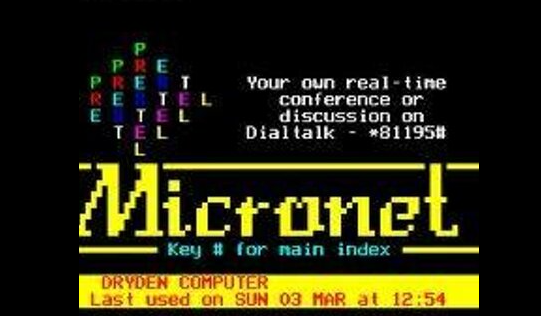Monitor Disk and CPU Utilization
After following the previous steps, run your application under a high load while monitoring the:
To check your disk utilization on Solaris or Linux, use the iostat -D <interval> command, where the interval value determines how many seconds you want to elapse between monitoring cycles. To check your CPU utilization, simply leave off the -D flag (iostat <interval>).
For Windows, use the Performance Monitor tool (perfmon), to monitor both your disk and CPU utilization.
The goal is to get to a point where the application server becomes 100 percent utilized. If you find that the application server CPU is not close to 100 percent, confirm whether the database is bottlenecked. If the database CPU is 100 percent utilized, then check your application SQL calls query plans. For example, are your SQL calls using indexes or doing linear searches? Also, confirm whether there are too many ORDER BY clauses used in your application that are affecting the database CPU.
If you discover that the database disk is the bottleneck (for example, if the disk is 100 percent utilized), try moving to faster disks or to a RAID (redundant array of independent disks) configuration, assuming the application is not doing more writes then required.
Once you know the database server is not the bottleneck, determine whether the application server disk is the bottleneck. Some of the disk bottlenecks for application server disks are:
The disk I/O on an application server can be optimized using faster disks or RAID, disabling synchronous JMS writes, using JTA direct writes for tlogs, or increasing the HTTP log buffer.
